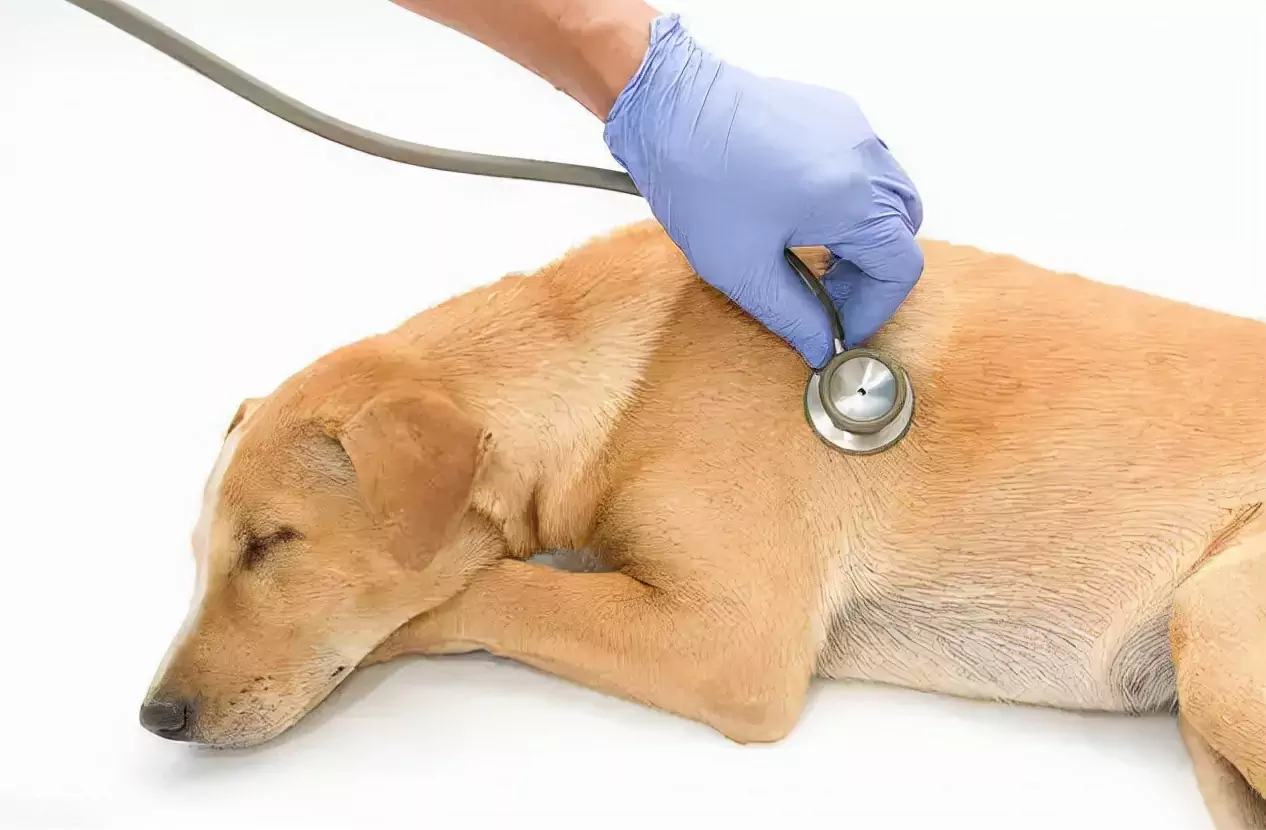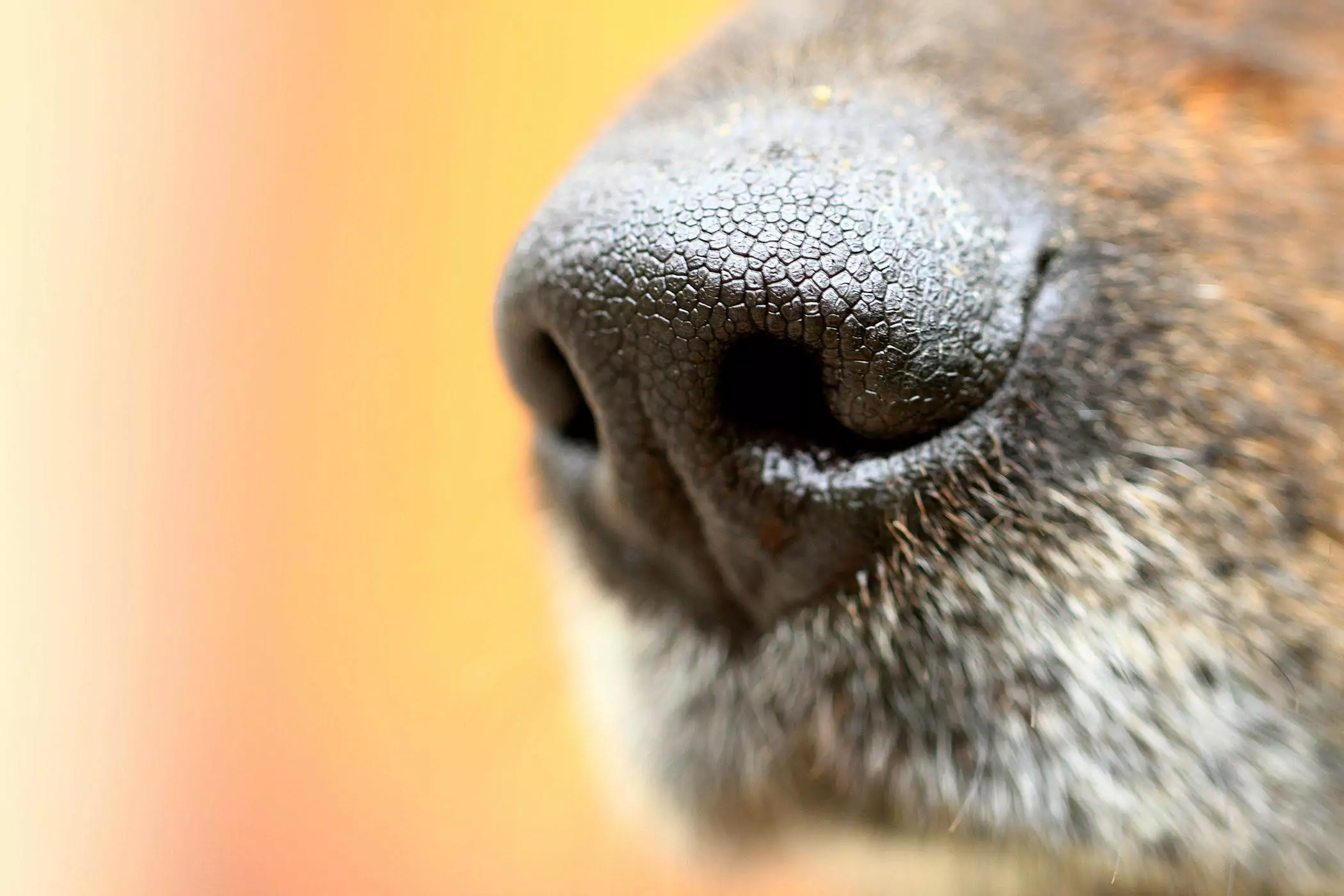Can dogs get diabetes?
2022-08-04
I. Causes of Diabetes in Dogs
Many owners treat their dogs as family members and want them to be with them for longer. Therefore, they are provided with a diverse and nutritious diet, and advanced animal medical care. The number of senior dogs is increasing, but the risk of obesity and diabetes is increasing as well. Don't think that diabetes is far from your fur baby, but it's much easier for dogs to develop diabetes than you might think.
Causes of Diabetes in Dogs
In a modern era where diets are gradually shifting towards higher proportions of refined carbohydrates, dogs are eating a richer diet and their average life expectancy is rising year after year. But the incidence of diabetes, the number one chronic disease, is also on the rise. According to statistics, the current incidence of canine diabetes worldwide is about 1 in every 100 dogs. And the worrying thing is that this number is still slowly increasing.
After digestion, the dog's food is broken down into usable components. Carbohydrates are converted into glucose, which is then absorbed by the intestines into the bloodstream to provide the body's cells with the energy they need. However, glucose can only enter most of the cells in the presence of insulin. At this point, if insulin is not produced enough, it can lead to too much glucose in the blood, which can cause diabetes. In addition, if the body's cells do not respond well to insulin, resulting in the cells not being able to absorb enough glucose, it also triggers diabetes.
The risk of developing diabetes is relatively high in middle and senior-age dogs. In addition, diabetes is also more prevalent in certain dog breeds, such as Dachshunds, Poodles, West Highland White Terriers, Shelties, Huskies, Labradors, Golden Retrievers, Samoyeds, and Pinschers. In addition, just like humans, dog mothers may develop gestational diabetes during pregnancy, which stems from a decrease in insulin sensitivity.
Dogs are more likely to develop diabetes than you think! These dog breeds are more susceptible to the disease
In addition, an unbalanced diet can also lead to diabetes in dogs. A diet combination of high carbohydrates + low protein is often a contributing factor as well. When dogs consume too much fat, it can also lead to pancreatitis and diabetes. If the diet is not controlled, it is very easy for the dog to have obese, which is one of the factors that cause the body to be less sensitive to insulin.
How to control diabetes in dogs
The main symptom of diabetes in both humans and dogs is the "3 things": eating, drinking, and urinating too much. Dogs with diabetes like to drink a lot of water, urinate frequently, be lethargic, and have weakness in their hind limbs. In addition, they may eat a lot but lose weight. In addition to this, dogs are prone to infections, such as urinary tract infections. It may also be complicated by cataracts at a later stage. Diabetes in dogs is lifelong, so when a dog is diagnosed with diabetes, there are ways that owners can try to help their dog manage the condition.
It's easier than you think for dogs to develop diabetes! These dog breeds are more likely to develop the disease
1. Urine monitoring: monitoring blood sugar levels
Both blood and urine tests can monitor the body's blood glucose (urine sugar) and blood ketones (urine ketones) values. Regular monitoring is to avoid sudden spikes or drops in blood glucose, especially for dogs that are not yet stable or prone to recurrent hypoglycemia, more regular testing is needed.
2. Insulin therapy
Insulin injections are given to help control blood sugar levels. Since each dog needs a different dose and timing, the veterinarian will usually perform a series of blood glucose tests to create a blood glucose curve, which is used to determine the dose of insulin.
3. Diet and feeding plan
Blood glucose changes are inextricably linked to diet, so the amount and composition of each meal should be uniform, and feeding times should be the same to avoid changes in insulin requirements. Choosing a diet with high quality, highly digestible protein sources, and low-fat content is preferable to help the intestines absorb glucose slowly. If owners are unsure how to develop a sensible recipe for their sick dog, they can seek veterinary help.
4. Get into the habit of regular exercise
Diabetic dogs need more exercise, as the intensity of exercise also affects blood glucose levels. However, it is important to note that the amount of exercise must be regular every day. If your dog is not used to exercise, you can get help from your veterinarian to develop a reasonable exercise program and whether you need to adjust your insulin or diet.
There is no cure for diabetes, but with good control, your dog can still live a good life! If your dog does not have diabetes, you should not take it lightly. To prevent diabetes in dogs, it is important to avoid obesity and to prevent your dog from consuming too much fat in their diet.

2. Precursors of Diabetes in Dogs
Dogs, like humans, can get diabetes, and once they have it, it can mean a lifetime of accompaniment. This is why it is so important to control your dog's diet and get them to exercise more often.
1銆乄hat is diabetes?
Diabetes is an endocrine disease that occurs when dogs do not produce enough insulin, stop producing insulin altogether, or when their bodies react abnormally to it. Insulin is a hormone produced by the pancreas. When a dog eats, the dog's digestive system breaks down the food into its different parts, including glucose. Glucose is absorbed from the intestines into the bloodstream and travels through the bloodstream. Glucose is the main source of energy needed by the body's cells to function efficiently. Insulin is necessary to transfer glucose from the blood to the cells. Without sufficient amounts of insulin, glucose cannot enter the cells, resulting in the accumulation of glucose in the blood, which leads to hyperglycemia. When glucose cannot enter the cells, the cells do not have enough energy to work properly and they become lacking in energy sources. The body then begins to break down stored fats and proteins as an alternative energy source.
There are two types of diabetes :
Type 1: The most common form of diabetes in dogs, the pancreas does not produce or secrete enough insulin to support the body. Dogs with this type of diabetes need insulin injections to stabilize their blood sugar.
Type 2: means that the pancreas can still produce insulin, but the body cannot respond to it effectively.
2, signs of diabetes in dogs
The signs of diabetes in dogs are divided into early and late stages.
Early symptoms of diabetes in dogs:
1, increased thirst or excessive drinking
2銆両ncreased urination
3, weight loss
4銆両ncreased appetite
Late symptoms of diabetes in dogs:
1銆丩ethargy
2銆丄norexia
3銆乂omiting or diarrhea
4銆丏ogs with cataracts
5銆丆hronic or recurrent infections
6, weight loss increased
7, diabetic ketoacidosis
Early signs are the easiest for owners to notice when their dog may have diabetes, so when owners notice any of these symptoms, they should observe them promptly, and if they are persistent, immediate medical attention is best. For example, you may notice your dog drinking more frequently, and as the amount of water you drink increases, you may notice that your dog suddenly asks to go outside more often and urinates more. The owner of a dog that is eating about the same amount, or even more, but the dog is losing weight instead of gaining weight is also something to watch out for.
When diabetes is undiagnosed and untreated, advanced symptoms can occur. Slowly, the dog begins to stop greeting you at the door, doesn't like to play with his favorite ball, is less active overall, sleeps more, his appetite may decrease, and he may eat little or no food. The coat may also become greasy, dry, thin, dull, and appear matted. In severe cases, the dog may begin to vomit and have abnormal stools.
A common complication of diabetes is cataracts: the dog's eyes begin to become cloudy, his vision weakens, and he becomes infected more frequently. If diabetes is not diagnosed and treated or is difficult to control or regulate, a common and serious complication, diabetic ketoacidosis, can occur.
3, the dog has diabetes factors
Many causes can lead to diabetes in dogs, including poor diet, lack of exercise, use of drugs and genetics can lead to diabetes in dogs.
Age - in contrast, diabetes is more common in middle-aged to older dogs.
Obesity - If a dog is overly obese, it can also increase the risk of developing the disease
Gender - Females are at a higher risk of developing diabetes, and the risk increases with age.
Breeding - Some breeds appear to have a higher rate of diabetes than others. Breeds believed to be genetically predisposed include Miniature Schnauzer, Standard Schnauzer, Poodle, Australian Terrier, Spitz, and Bichon Frise.
Other health conditions - such as Cushing's disease and pancreatitis - can increase the risk of diabetes in dogs. Pancreatitis is an inflammation of the pancreas, and damage to the pancreas can affect insulin production. Cushing's disease is also an endocrine disorder that causes excessive production of steroids in the body, which can lead to diabetes.
4銆丠ow should I treat diabetes in dogs?
Most of the time, when a dog is diagnosed with diabetes, it means a lifelong accompaniment. The goal of treatment is to control blood sugar levels, stop the symptoms, stabilize the dog's weight, and prevent complications from occurring.
To do this, doctors will often make recommendations regarding diet, and feeding practices, and give the dog insulin injections for treatment. Monitoring is a key part of managing diabetes, and routine physical exams, and blood and urine tests are also needed daily to monitor the dog's blood sugar and symptoms. Despite a diagnosis of diabetes, dogs can live long, healthy and happy lives with proper treatment, including diet and exercise regimens, insulin injections, and routine veterinary checkups!
5. How can I prevent my dog from developing diabetes?
While there are things you can do to reduce your dog's risk of developing diabetes, it is important to ensure that you can't completely prevent it and that your dog gets a healthy, balanced diet, such as quality dog food and fresh fruits and vegetables that are safe for your dog can help maintain optimal health. Similar to diabetes in humans, a sedentary lifestyle can increase a dog's chances of developing this disease.
Previous:Can dogs hiccup?
Was this article helpful to you?
Other links in this article
English:
Can dogs get diabetes?
Deutsch:
Können Hunde Diabetes bekommen?
español :
¿Pueden los perros contraer diabetes?
Italiano:
I cani possono ammalarsi di diabete?
Nederlands:
Kunnen honden suikerziekte krijgen?
Polskie:
Czy psy mogą zachorować na cukrzycę?
Português:
Os cães podem contrair diabetes?
português (Brasil):
Os cães podem contrair diabetes?
русский:
Могут ли собаки заболеть диабетом?
日本語:
犬は糖尿病になるのでしょうか?
中文简体:
狗会得糖尿病吗?
中文繁体:
狗會得糖尿病嗎?
Comments

Why is my dog throwing up?

Why does my dog keep coughing?

How many months is a dog pregnant? Signs and Phenomena of Dog Pregnancy

How do dogs grow fleas? Ways to get rid of fleas on dogs

Can dogs get diabetes?

Can dogs be depressed?

Why does my dog keep sneezing? Causes of Sneezing in Dogs

Can dogs catch a cold? Cold and Flu Symptoms in Dogs

What causes heart disease in dogs

Can dogs get urinary tract infections?










